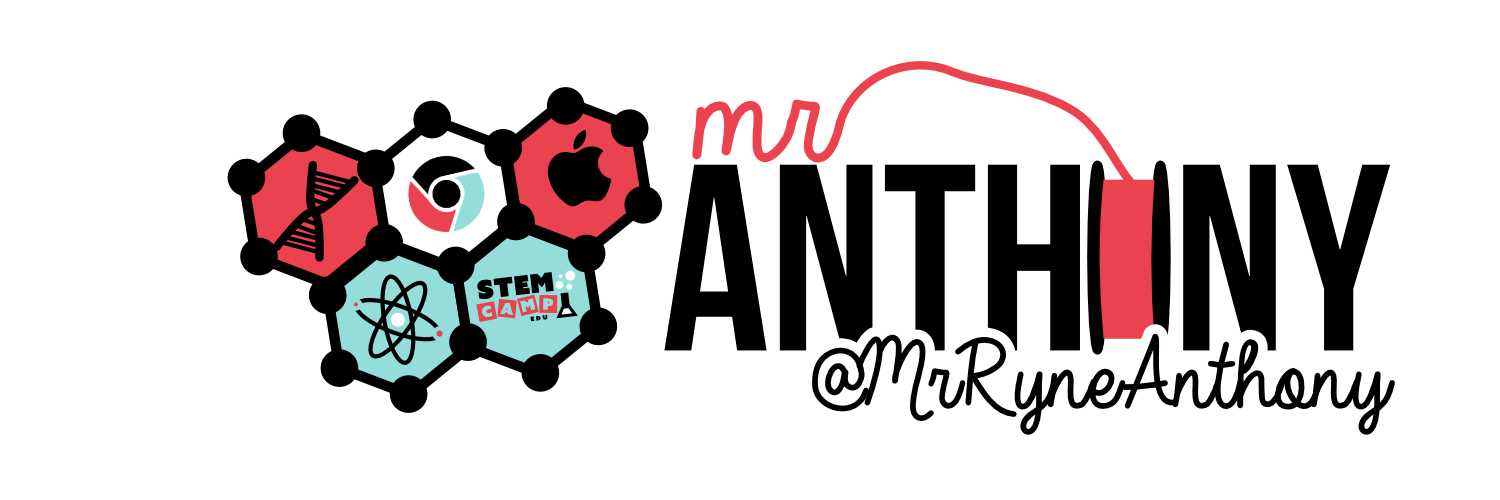Let Them Tinker. The Art of Playing with Stuff.
Humans have this innate desire to figure things out. Our brains are wired to immediately make sense of what we are observing. If you observe something we don’t quite fully understand we become intrigued and engaged into figuring it out. Tinkering taps into this ability to physically explore objects and materials and “figure it out”. I have this belief that as we get older we loose this desire to “tinkering”. Students want these interactions all the time. Its why when you put a pile of LEGOs or K’NEX in front of a student they immediately build something, or can also explain their obsession with slime, or how when you place any object in front of them they will pick it up and observe it. Students want to tinker, we need to embrace that and provide opportunities to tinker, they tinker to play, we need to get them to tinker to learn
It’s human nature to play with things
Whenever I run a hands-on STEM session with students the biggest struggle is to get them to put down the object/robot/tool/device and to listen. But that in itself proves my point, they are so engaged with the object placed in front of them that the struggle with the temptation to keep exploring it even when they’re instructed to listen. Less direct instruction, more prompting and answering questions. And it’s not just students. A couple of weeks ago I was demoing Spheros to a group of administrators, principals, assistant supers, etc. I passed out the Spheros and was giving a brief introduction and instructed them to listen. 2 Minutes later a Sphero shoots across the table and flies off hitting the ground.

An adult, a maturely responsible administrator tinkered. This individual ignored my request to listen and couldn’t resist figuring it out for themselves. How can we expect students not to explore when adults even struggle with it? It is ok and in a student’s best interest to struggle, experiment and tinker. I feel like many educators, including reflecting on my own experience, we strive to make sure every student gets the objectives in the least restrictive way possible, but the truth is there is a lot to gain in the struggle. Not only a lot to gain but one could argue that it’s human nature to enjoy the struggle.
Tinkering & Coding – LEGO Wedo and Scratch
I had a blast exploring new (or at least new to me) scratch blocks – LEGO WeDo. These blocks allow you to control/code/program, via bluetooth, LEGO WeDo from the Scratch coding platform. You will need Scratch Link installed, but once this got going it was seamless and a lot of fun. I made a WeDo Car with a sensor on the back that when an object gets too close it plays the song Ridin’ Dirty and moves forward.
I was impressed by what you could create with LEGO WeDos. Having the different sensors, motors, and the ability to easily code with Scratch as well as use any LEGO pieces – this is a great tool for schools looking to get into tinkering. $197 for a Kit (on their website Kit is intended for 2 students).
 Check it out – https://education.lego.com/en-us/products/lego-education-wedo-2-0-core-set/45300
Check it out – https://education.lego.com/en-us/products/lego-education-wedo-2-0-core-set/45300
A lil #tinkering this afternoon. Tested using @scratch to #code @LEGO_Education #Wedo! Tons of possibilities. Sound on! #RidinDirty #SpoilerGameOnPoint #STEMed #coding #robotics @LEGOIdeaStudio #LEGO #makerspace #MakerEd #STEMCampEDU pic.twitter.com/3MGrxmMTsW
— Ryne Anthony (@MrRyneAnthony) March 18, 2019

